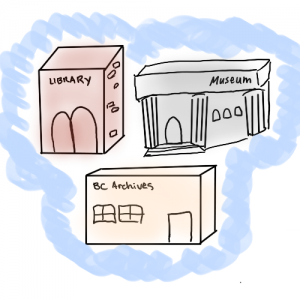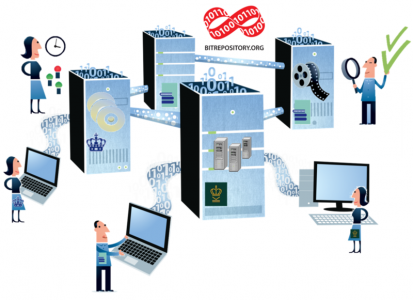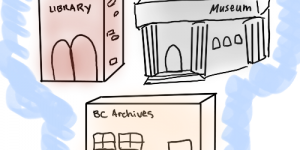
For this project, I was researching potential low-cost preservation alternatives for smaller GLAM organizations. The goal was to aggregate and organize existing best practices for these GLAM organizations to reference and/or set up a digital preservation system.
My Process [ongoing]:
- Preliminary literature review and browsing institutional websites
- Contacting GLAM organizations to determine current preservation practices
- Contacting institutions with preservation consultation services
- Compiling findings in a document
- Organizing document and establishing a reference list
The recommendation document will include:
- definitions for digital preservation
- best practices and rationales
- storage methods provided in a chart format for easy reference
- a record of sources consulted
I’m in the process of contacting organizations directly to get a sense of their current practices. The goal is to make this recommendation document freely available should an organization need a starting point for forming or revising their current digital preservation processes.
Once complete, the document will be available on the new support website which is currently undergoing construction using Drupal 9.

Image licensed under CC BY 2.5 DK
Another project I'm working on with BCHDP is a guide for using Traditional Knowledge (TK) Labels and Cultural Institution (CI) Notices.
Traditional knowledge labels are a series of icons accompanied by text that Indigenous communities and local organizations can use “to express local and specific conditions for sharing and engaging in future research and relationships in ways that are consistent with already existing community rules, governance and protocols for using, charing and circulating knowledge and data” (from Local Contexts Website).
To learn more about TK Labels and CI Notices, please visit: localcontexts.org
The featured image for this activity page is copyrighted under the following license: https://creativecommons.org/publicdomain/zero/1.0/deed.en
